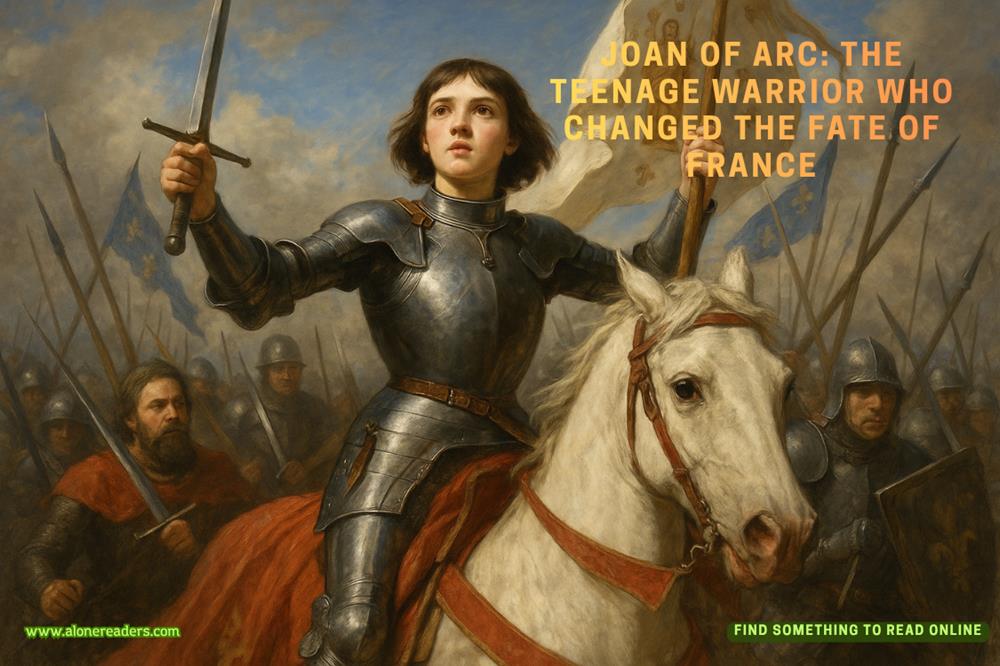Page 129 of Project Hail Mary
“It’s only a hundred feet off the ground,” I said. “Maybe wait till it reaches orbit?”
DuBois sipped his wine. “Astronauts celebrate when the tower is clear.”
Without a word, Yáo took a sip of his beer.
—
“Why. Doesn’t. This. Work?!” I hit my forehead with both palms at each word.
I flop into the lab chair, deflated.
Rocky watches from his tunnel above.“No predator, question?”
“No predator.” I sigh.
The experiment is simple enough. It’s a glass bulb full of Adrian’s air. The air didn’t actually come from Adrian, but the proportions of gases are based on the spectrograph of its atmosphere. The pressure is very low—one-tenth atmosphere, like the upper atmosphere of Adrian must be.
Also inside the bulb is our collected Adrian life-forms and some fresh Astrophage. I hoped that providing a bunch of nice, juicy Astrophage would make the predator population spike and I could isolate it from the sample once it was the dominant cell type present.
Didn’t work.
“You are certain, question?”
I check my makeshift heat-energy indicator. It’s just a thermocouple with part of it sticking in ice water and part of it attached to the bulb. Heat energy is provided by Astrophage and consumed by the ice. The resulting temperature of the thermocouple tells me how much total heat energy the Astrophage is giving off. If the temperature goes down, it means the Astrophage population went down. But that’s not happening.
“Yeah, I’m sure,” I say. “No change in Astrophage population.”
“Maybe temperature of bulb no good. Too hot. Adrian upper atmosphere is probably much colder than you room temperature.”
I shake my head. “Adrian air temperature shouldn’t matter. The predator has to be able to handle Astrophage temperature.”
“Ah. Yes. You are right.”
“Maybe the predator theory is wrong,” I say.
He clicks across the tunnel to the far side of the lab. He paces when he thinks. Interesting that humans and Eridians would both have that behavior.“Predators is only explanation. Maybe predators no live in Petrova line. Maybe predators live further down in atmosphere.”
I perk up. “Maybe.”
I look over to the lab monitor. I have it showing the external camera view of Adrian. Not for any scientific reason—just because it looks cool. Right this moment we’re about to cross the terminator into the day side of the planet. The light of orbital dawn glows along an arc.
“Okay, let’s say the predator lives in the atmosphere. What altitude?”
“What altitude is best, question? If you predator, where you go, question? You go to Astrophage.”
“Okay, so what altitude are the Astrophage at?” The question answers itself. “Ah! There’s a breeding altitude. Where air has enough carbon dioxide for Astrophage to breed.”
“Yes!”He clatters back up his tunnel and stands above me.“We can find. Easy. Use Petrovascope.”
I slam my fist into my palm. “Yes! Of course!”
Astrophage have to breed somewhere. Some partial pressure of carbon dioxide will be key. But we don’t have to work that out or take any guesses. When an Astrophage divides, it and its offspring head back to Tau Ceti. And they use IR-light emission to make it happen. That means there will be a glow of Petrova-frequency light coming from all over the planet at that specific altitude.
“To the control room!” I say.
“Control room!”He scampers across the lab ceiling tunnel and disappears through his personal control-room entrance. I follow along beside but I’m not quite as fast.
I climb up the ladder, take the pilot’s seat, and flip on the Petrovascope. Rocky has already taken up position in his bulb and points his camera at my main screen.















